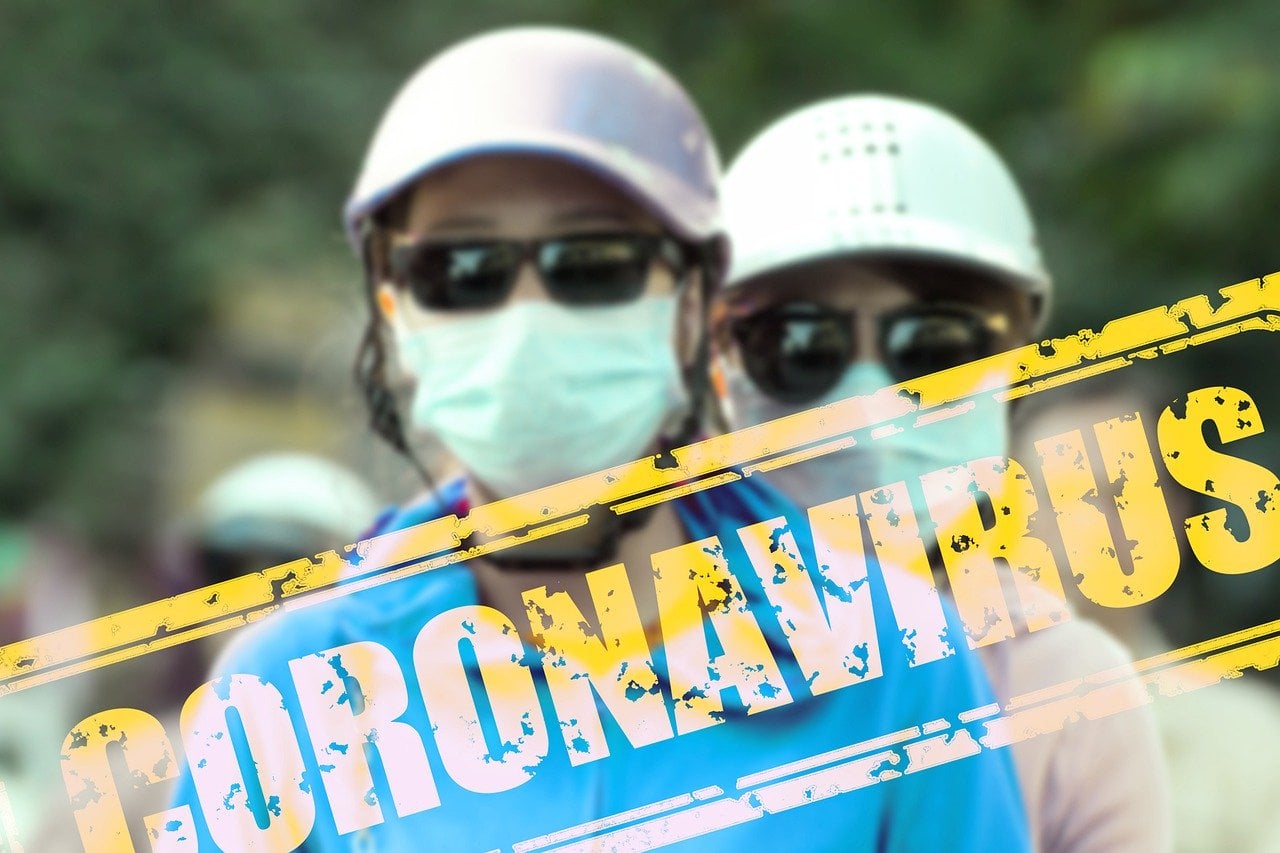Trump administration officials are investigating whether the Wuhan Institute of Virology was the actual source of the coronavirus. Not much is known about the lab except that experts say it has a track record of following inadequate safety protocols when it comes to handling bat coronaviruses like COVID-19.
Q1 2020 hedge fund letters, conferences and more
Fox News and the New York Post took a closer look at the Wuhan Institute of Virology and its work with bat coronaviruses. Fox notes that the scientists who work at the lab haven't been saying much. The only research who has said anything is Shi Zhengli, but he backtracked on everything she said after Scientific American quoted her. She had questioned whether the lab could have been the source of the bat coronavirus last month, but she has changed her story since then.
China's foreign ministry continues to deny claims that the Wuhan Institute of Virology may have had anything to do with the coronavirus pandemic. Zhao Lijian said again at the daily press briefing on Thursday that the World Health Organization has said there is no evidence that COVID-19 came from the lab.
Despite all the denials, public interest in the Wuhan Institute of Virology has only grown. It was China's first lab to handle human pathogens. The facility was built to withstand earthquakes of up to a 7.0 magnitude. It also highlights the nation's capabilities in researching viruses. Further, researchers at the institute have worked with their counterparts in the U.S. and Europe.
History of the WIV
The Wuhan Institute of Virology operates under the purview of the Chinese Academy of Sciences. The lab's English-language website reveals that its history dates back to 1978 when a number of other research institutes in Wuhan merged.
As far as the current facility, it took over 10 years between the beginning of construction in 2003 for the $44 million lab to become operational in 2015. The institute is a BSL-4 facility, which means it has the highest level of biocontainment.
According to Fox, the levels of containment are ranked based on the type of pathogens that are being studied. A lab that's studying non-lethal pathogens which don't pose very much of a threat would generally be ranked as a BSL-1 facility.
Researchers who work at BSL-4 labs like the Wuhan Institute of Virology usually handle pathogens or diseases that can be deadly and are very dangerous. They must take extraordinary precautions which include tasks like filtering air and treating waste and water before they leave the facility. Researchers must also wear ventilated protective suits with face basks and booties. They also must shower and change their clothes before and after every work shift.
Since the lab opened, it has studied COVID-19, SARS, HIV, Ebola and the West African Lass virus, according to Fox. The WIV collaborates with a number of universities, including the Netherlands' Wageningen University and France's Montpellier 2 University. The Galveston National Laboratory at the University of Texas Medical Branch has also assisted the lab. The institute played a major role in China's identification of COVID-19 as caused by a previously unknown coronavirus.
A growing number of news reports have suggested that the novel coronavirus may have been accidentally leaked from the Wuhan Institute of Virology. Foreign affairs expert Gordon Chang said in an op-ed piece for Fox News recently that "many Chinese believe the virus either was deliberately released or accidentally released from the Wuhan Institute of Virology."
The Washington Post obtained some cables from U.S. Embassy officials in 2018 which flagged some potential problems with the Wuhan Institute of Virology's work with bat coronaviruses. The cables said the lab didn't have enough properly trained technicians to operate it. They also said the work was dangerous and important and that the U.S. should provide more support.
They also state that researchers found that a number of SARS-like coronaviruses can interact with the human receptor identified for SARS-coronavirus. That means such viruses can be transmitted from bats to humans to cause diseases similar to SARS.
There have also been media reports about dangerous practices at the Wuhan Institute of Virology, suggesting that researchers there haven't been following the proper safety protocols to keep viruses from escaping.
President Trump has indicated that U.S. authorities are looking into reports of a possible connection between the novel coronavirus and the Wuhan Institute of Virology. Fox News cited multiple sources who claimed that an intern is believed to have been infected at the lab and passed COVID-19 to her boyfriend and people at the wet food market that was supposedly the source of the virus.
Pentagon denies suggestions about lab release
Despite the mounting evidence that the Wuhan Institute of Virology could have been involved in the release of the coronavirus, Pentagon officials continue to say they don't believe that was the case. In an interview with NBC's Today show, Defense Secretary Mark Esper said most still believe the coronavirus that causes COVID-19 emerged naturally in Wuhan.
Esper's comments echo what Gen. Mark Milley, chairman of the Joint Chiefs of Staff, said earlier this week. He told reporters at a press briefing on Tuesday that evidence pointing to a lab's involvement is "inconclusive."
He did tell NBC that it's difficult to trust Beijing on the issue of the coronavirus' origin. Esper clarified that of the Chinese government had been more transparent earlier in the outbreak, the rest of the world would have been more prepared to deal with the virus. He added that even now, "they need to be far more forthright than what they've been."
Earlier this week, it was revealed that Chinese officials knew in mid-January that the coronavirus could be transmitted from person to person. However, they didn't release that information for six days.





